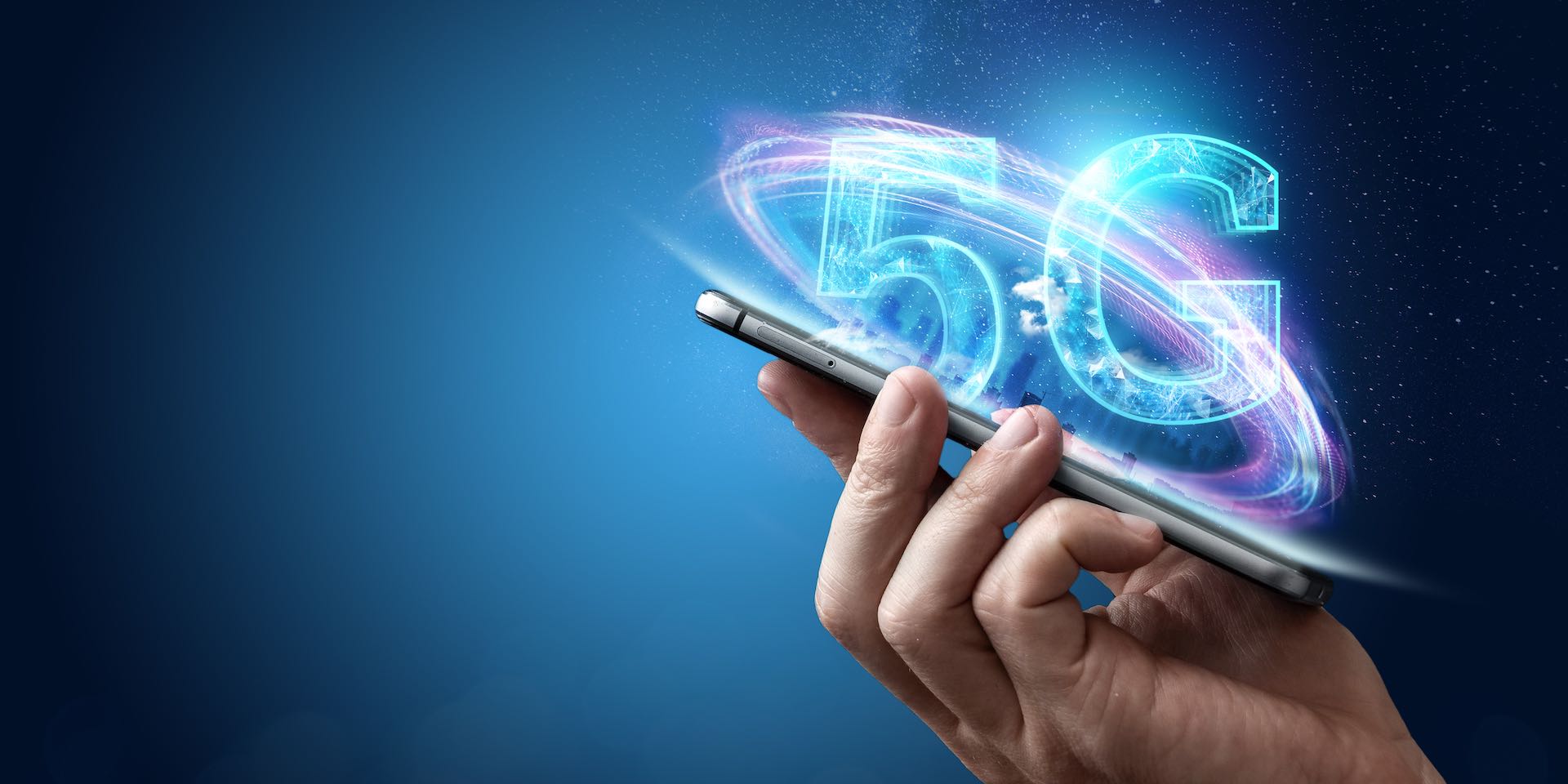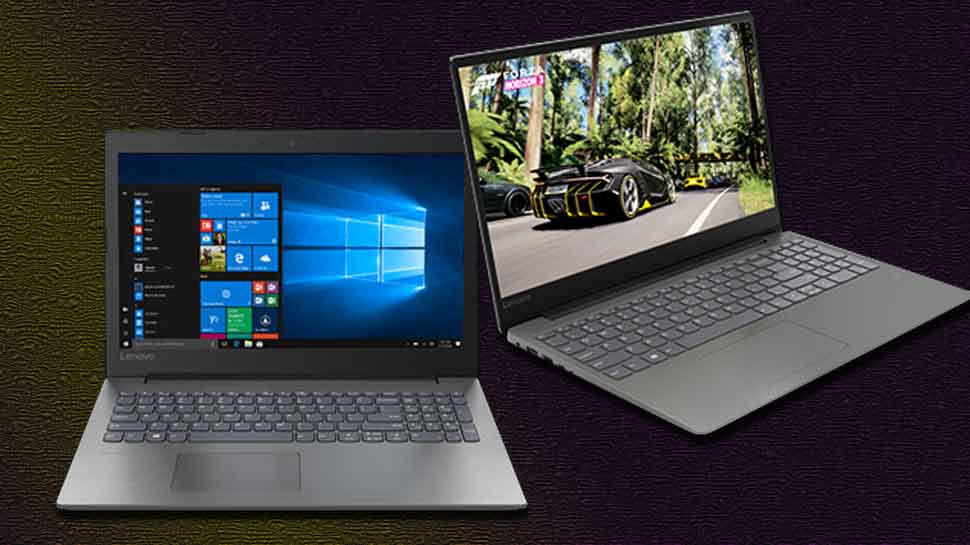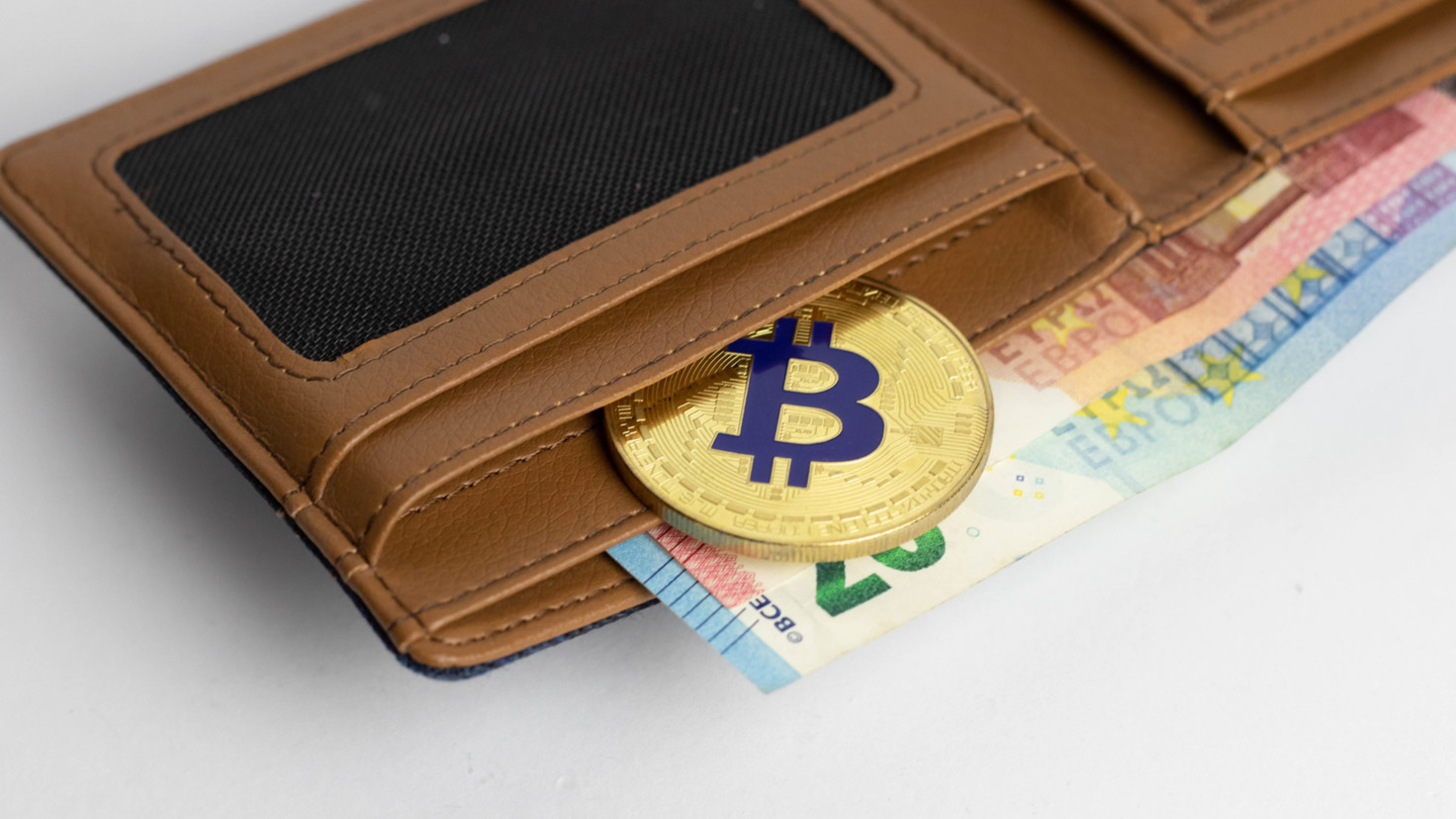Do Emerging Markets Like India Really Need Expensive Technology Like 5G?

Until early 2020, there was a lot of buzz surrounding 5G technology in India. Earlier this year, telecom companies like Bharti Airtel we’re gearing up for 5G trials, with India looking to follow in the footsteps of countries like South Korea and the United States, where 5G networks were already being rolled out. However, most of that buzz has now dissipated, while we are still nowhere near close to rolling out 5G network in the country.
While the COVID-19 pandemic played a significant role in the trials and the 5G spectrum auction getting delayed, the Indian government’s mandate to the telcos, not to purchase equipment from Chinese companies like Huawei also dampened the excitement. The Indian telecom operators also believed that the base price set for 5G spectrum was too expensive, which further exacerbated the proceedings.
Furthermore, with telcos allegedly no longer able to purchase equipment from Chinese firms, it is now being reported that the 5G rollout plan could cost the Indian government more than Rs. 1 lakh crore!
This begs the question: Is 5G technology really needed in an emerging market like India, given the absurd amount of money that will go into its implementation? We take a closer look.
No immediate advantages
It is quite telling that the 5G networks, which were initially expected to be made available to consumers by the end of 2020, will now take anywhere between 18-24 months to be rolled out. While telecom operators started conducting trials in early 2020, the COVID-19 pandemic, followed by border tensions between India and China, which resulted in the Indian government taking a hard stance against Chinese apps and manufacturing companies further delayed the entire process. Now, the Indian government’s apparent mandate to telcos to avoid purchasing equipment from Chinese manufacturers will further push the timelines.
In fact, the Indian government still hasn’t auctioned 5G spectrum, while the Indian telecom companies expressed their disapproval of the base costs. The reserve price is the highest anywhere in the world, costing around Rs. 492 crore per MHz, which comes to around Rs. 50,000 to purchase 100MHz that is required for a nation-wide rollout!
Costlier equipment
With the Indian government passing an apparent mandate to the telecom operators about not purchasing equipment from the Chinese companies, it only means that the telcos will now have to depend on European companies for the equipment, such as Nokia and Ericsson.
It comes as no surprise that the Chinese manufacturers, like Huawei and ZTE offer equipment at substantially cheaper rates, which only increases the investment amount, even before we think about purchasing the best phones under 20000 INR that are 5G-enabled!
Logistical challenges
Even if we assume that the telcos will somehow gather the money required to purchase 100MHz, there are several logistical challenges that are to be addressed and overcome. The radio components on top of towers would need to be replaced or upgraded, after which the core has to be replaced or upgraded as well.
This is just the tip of the proverbial iceberg, as afterwards, new towers would need to be constructed when mmWave 5G becomes a reality. While we talk about 5G mobile phones, we do not think much about the infrastructure needed, or the groundwork that has to be laid!
Not even the mmWave 5G spectrum!
There are basically two types of spectrum: the sub-6 5G spectrum, which offers speeds that are closer to what 4G networks currently offer, and the ultra-fast mmWave 5G spectrum, which is what everyone keeps talking about.
However, according to reports, the Indian government currently only wants to auction the sub-6 5G spectrum. This essentially means that the telecom operators will not be able to roll out the faster 5G variant, which is underwhelming to say the least.
Weighing both the pros and cons of 5G technology, at least at this moment, it does not make sense to invest in expensive technologies like 5G. While 5G technology does have its benefits, and will undoubtedly revolutionize industries, and take us a step towards the future, one would be hard-pressed to find immediate benefits of 5G connectivity in India.
That said, you can future-proof your smartphone by purchasing a 5G-enabled device.
You can buy a 5G mobile phone from one of the top brands without making any payment upfront. Instead, you can use the Bajaj Finserv EMI Network Card to purchase the smartphone in easy EMIs, and repay the amount in flexible tenors ranging from 3 to 24 months.




